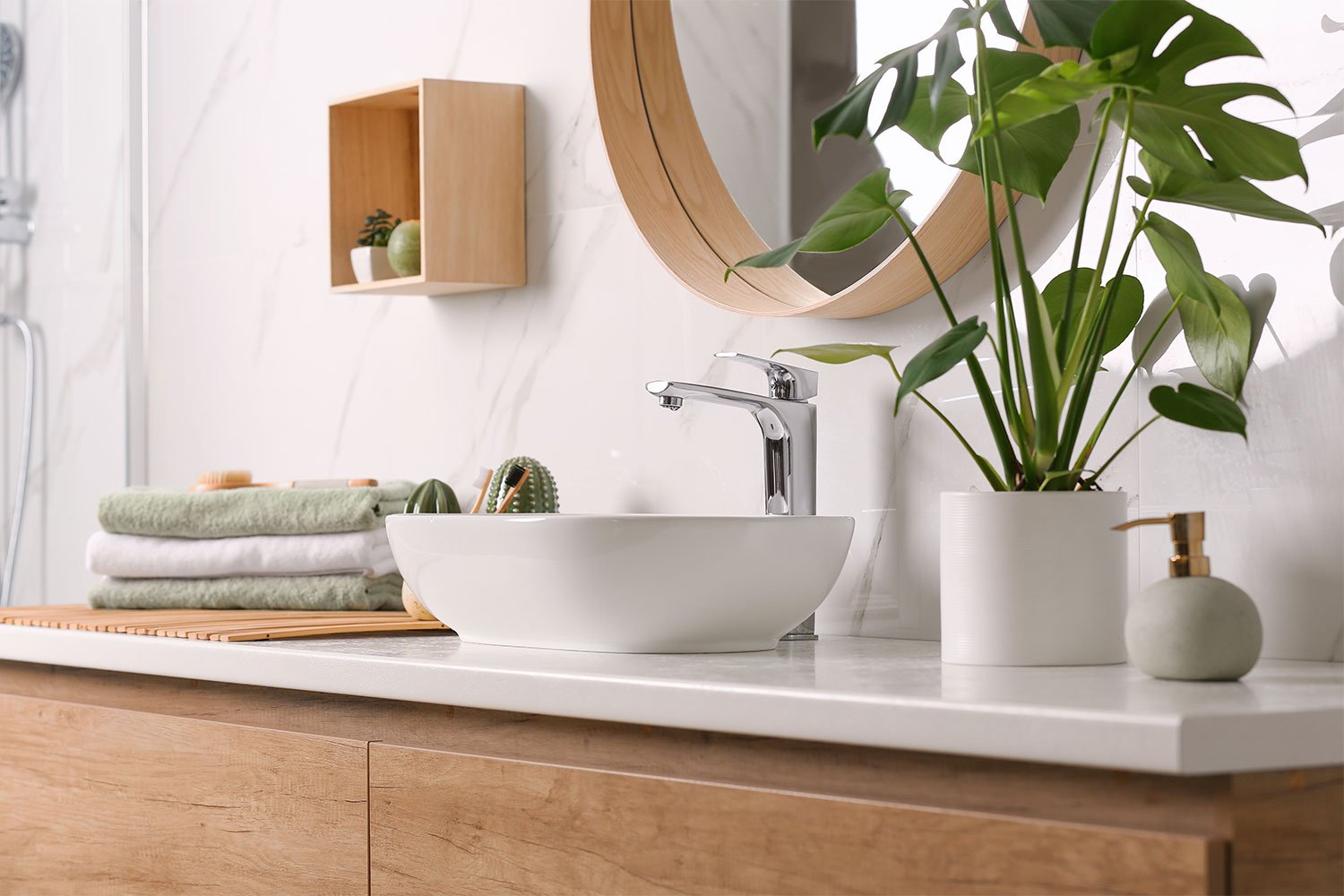
Plumbing inspection costs depend on the issue you’re looking into and the size of your home. Learn what you can expect to pay.
Save money and keep your water hot


When you’re tired after a long day, the last thing you want to do is wait for your shower to slooowly heat up. But if your shower’s far from the water heater, that means it takes longer for hot water to reach your showerhead. A recirculating pump can warm you up fast—without leaving a dent in your wallet.
A recirculating pump gets hot water to your shower (and all your plumbing!) faster, without replacing your pipes.
The pump itself is installed close to the water heater. Sensors are installed in the fixtures that need more hot water (your showerheads and sink faucets). When the shower is turned on, the sensor communicates with a valve, telling it to move water towards the pump. The pump, in turn, warms the water before it enters the water heater. Because the water heater is receiving warm water, it doesn’t use as much energy (or take as long) to make the water hot.
Along with being speedy, a hot water recirculating pump makes heating water less expensive by reducing the amount of energy a water heater needs to expend.
It’s normal to turn on water in your home and wait a few moments after adjusting the temperature. But if you are waiting for several minutes or longer, you might seriously benefit from a hot water recirculating pump.
If you live in an area with regular droughts, you may also want to consider a hot water recirculating pump. That’s because when you leave the water on to wait for it to get hot, you aren’t just wasting your own time—you are wasting water.

The average cost for a hot water recirculating system ranges between $200 and $400. Ultimately, the cost of your hot water recirculating pump is going to be affected by what it’s made from:
Stainless steel: $200
Three-speed stainless steel: $400
Bronze: $400 or more
Cast iron: $400 or more
To have your system sized properly, you should hire a licensed local plumber in your area. Installation is a big job that requires a lot of experience. The process takes several steps, including the measurement of all the pipes as well as calculating the BTUs per hour of your water heater. An experienced plumber should be able to install it properly and make sure it’s working well.
Nothing is perfect, so there are some things to think about when considering a hot water recirculating pump.
While the pump can save you money on your energy bills in the long-run, the cost of the system and of hiring a plumber to install the system can be a lot upfront.
If you turn on your faucet and get lukewarm water, you’ll still spend some time waiting for cold water even if you have a recirculation pump.
Sensors for the system located at high-traffic areas (like kitchen sinks) might need to be replaced fairly regularly.
From average costs to expert advice, get all the answers you need to get your job done.

Plumbing inspection costs depend on the issue you’re looking into and the size of your home. Learn what you can expect to pay.

The cost to add plumbing to a detached garage depends on several factors, including the type of plumbing and the garage's distance from your home.

Repairing a main water line is an urgent matter, so use this guide to get an idea of how much main water line repairs cost to act fast.

Learn about the 4 primary types of copper pipes, their applications, advantages, and limitations in this informative article.

You never know when learning how to unclog a toilet will come in handy. Get to know these eight methods for the next time things stop flowing.

Fixing a leaky faucet starts with knowing which type of faucet you have. Follow these steps to learn how to fix a leaky faucet in no time.